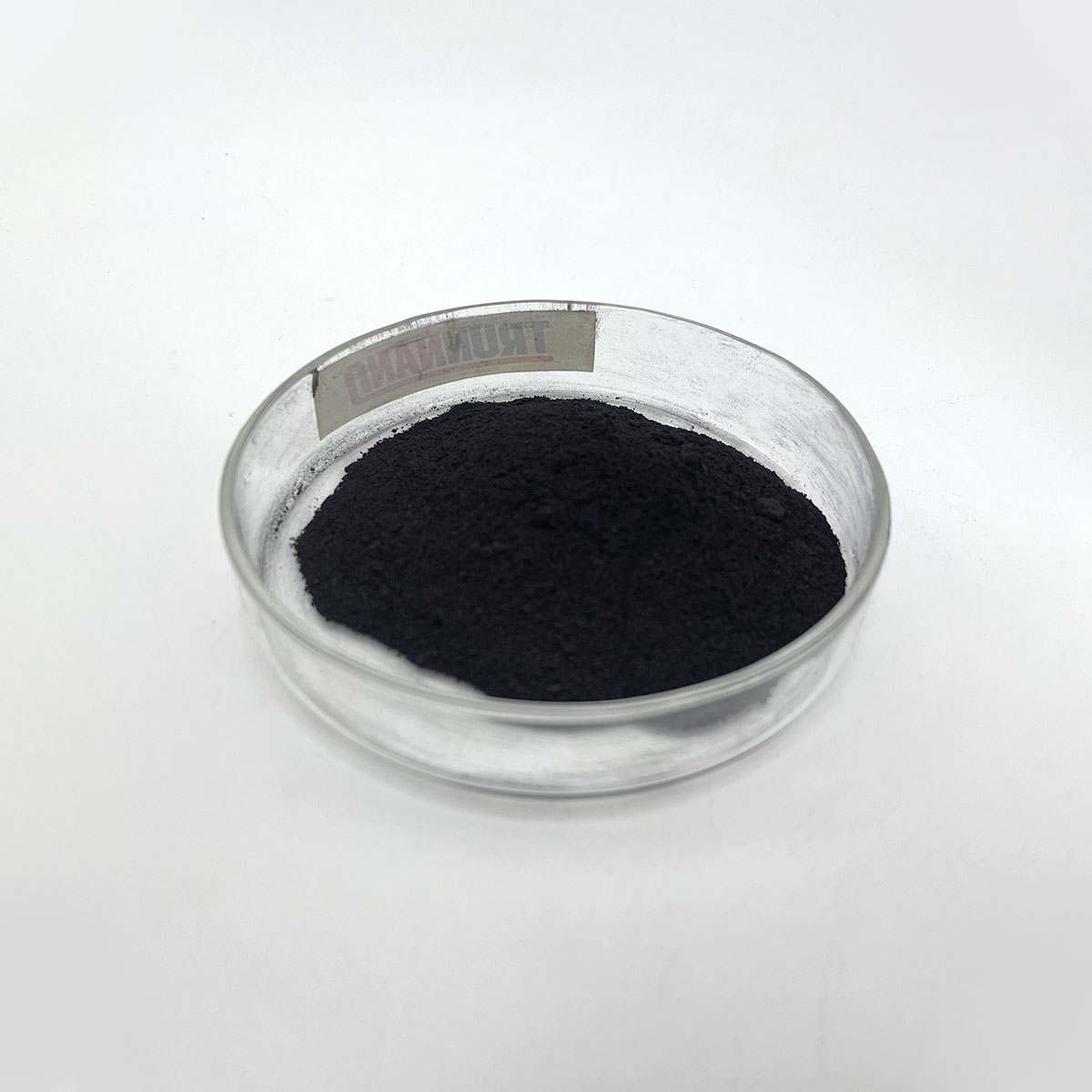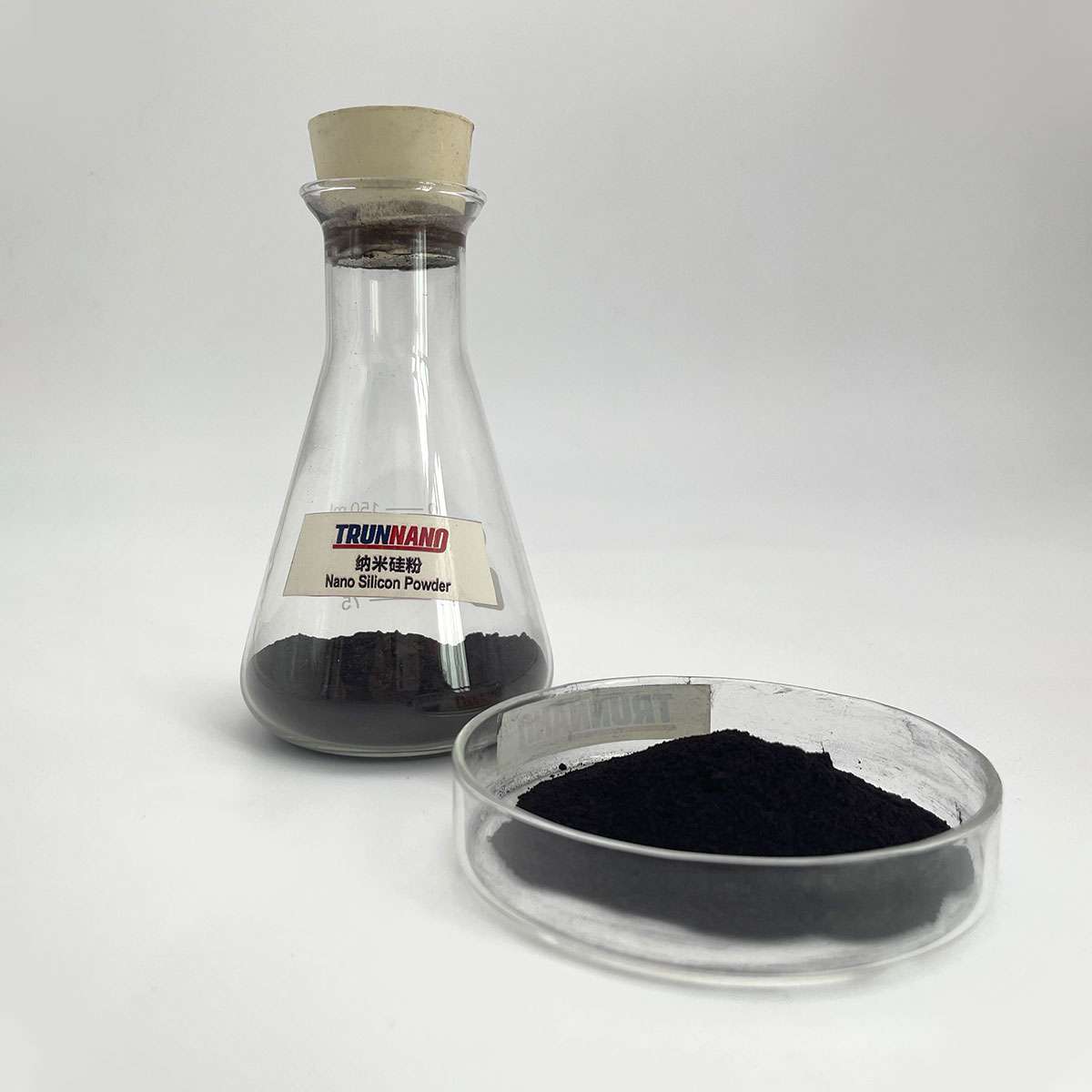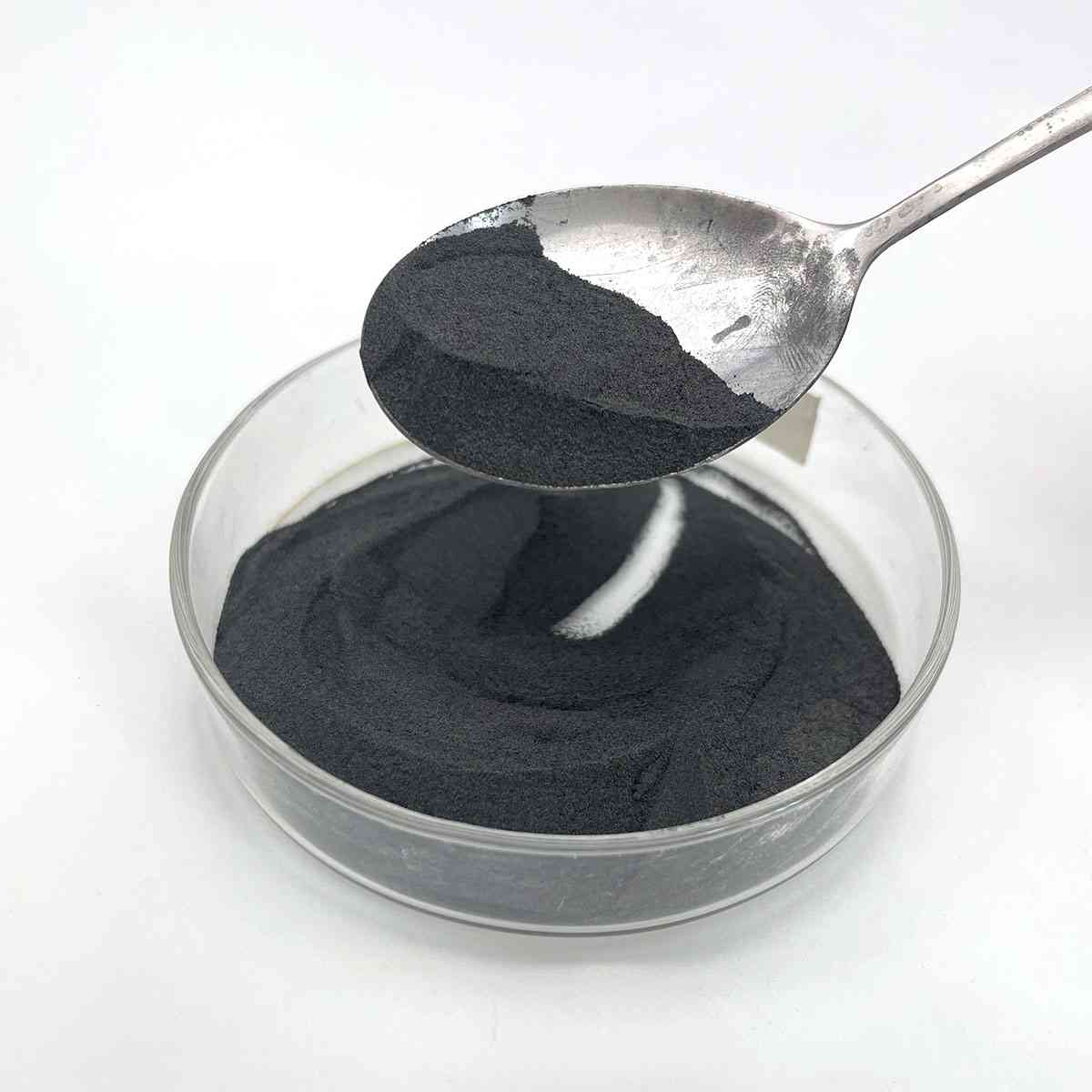Overview of Semiconductor Radiation Detectors ZnTe Powder Zinc Telluride
Telluride and selenide compounds play a significant role in the field of semiconductors, particularly in the development of advanced electronic and optoelectronic devices. These materials belong to the chalcogenide family, characterized by their ability to form compounds with elements from groups IV-VI in the periodic table.
Tellurides: Compounds containing tellurium (Te) as the chalcogen. Examples include cadmium telluride (CdTe), mercury telluride (HgTe), and zinc telluride (ZnTe). These materials have found applications in solar cells, infrared detectors, and high-speed electronics due to their tunable bandgap, high electron mobility, and good thermal stability.
Selenides: Similar to tellurides, but with selenium (Se) replacing tellurium. Notable examples are cadmium selenide (CdSe), gallium selenide (GaSe), and zinc selenide (ZnSe). Selenide compounds are widely used in light-emitting diodes (LEDs), laser diodes, and solar cells due to their direct bandgap properties and efficient light absorption/emission capabilities.
Feature of Semiconductor Radiation Detectors ZnTe Powder Zinc Telluride
Direct Bandgap: Many telluride and selenide semiconductors have direct bandgaps, which facilitate efficient light emission and absorption processes. This makes them suitable for optoelectronic applications such as LEDs and lasers.
Tunable Bandgap: The bandgap of these materials can be adjusted by alloying or altering the composition (e.g., CdSe to CdTe), enabling customization for specific device requirements across a wide spectrum of wavelengths.
High Electron Mobility: Materials like HgCdTe exhibit high electron mobility, which is crucial for high-speed electronic devices and low-noise detector applications.
Thermal Stability: Some tellurides and selenides, like ZnTe and ZnSe, demonstrate good thermal stability, making them suitable for high-temperature operation and processing.
Non-Toxic Alternatives: With increasing environmental concerns, there’s a push towards exploring less toxic alternatives to commonly used semiconductors. For instance, Cd-based tellurides and selenides are being replaced or combined with less toxic elements like Mg or Mn in some applications.

(Semiconductor Radiation Detectors ZnTe Powder Zinc Telluride)
Parameters of Semiconductor Radiation Detectors ZnTe Powder Zinc Telluride
Zinc Telluride (ZnTe) is a prominent semiconductor material that finds extensive applications in radiation detection due to its unique properties. As a wide bandgap semiconductor, it exhibits high sensitivity and fast response times, making it suitable for various applications such as X-ray and gamma-ray detectors, solar cells, and even in medical imaging technologies like Positron Emission Tomography (PET) scanners.
The primary parameter of interest in ZnTe powder for radiation detectors is its inherent characteristics. Firstly, the bandgap energy plays a crucial role. ZnTe has a bandgap of around 2.7 eV, which is relatively large compared to other commonly used semiconductors like silicon (1.1 eV). This larger bandgap allows it to absorb higher-energy photons, enabling efficient detection of gamma rays and X-rays with energies above 10 keV.
Secondly, ZnTe possesses excellent intrinsic radiation hardness, meaning it can withstand high levels of ionizing radiation without significant degradation in performance. This property is essential for applications where detectors are exposed to intense radiation fields, such as in nuclear power plants or space missions.
The crystal structure of ZnTe is zincblende, which is a face-centered cubic lattice arrangement. The high quality and purity of the powder, characterized by low impurities, are vital for minimizing noise and improving detector efficiency. The particle size and morphology of the powder also influence the detector’s performance. Smaller particles result in a larger surface area, leading to enhanced interaction with incident radiation and faster charge collection.
Another critical parameter is the doping ability of ZnTe. By introducing impurities like cadmium telluride (CdTe) or selenium (Se), the material can be n-type or p-type doped, enabling the creation of both n-i-p and Schottky junction diodes, two common types of radiation detectors. The dopant concentration determines the detector’s sensitivity and response time.
Moreover, ZnTe detectors benefit from their low leakage current and high electron mobility, which contribute to improved signal-to-noise ratio and fast recovery time after exposure. These features are particularly important in applications where real-time monitoring is required, such as in PET scans or radiation monitoring systems.
In summary, ZnTe powder as a semiconductor radiation detector material offers a combination of high energy absorption capabilities, radiation hardness, and tunable electrical properties through doping. Its suitability for various radiation detection applications stems from its unique crystal structure, purity, and the ability to create efficient diode structures. Further research and development in this field continue to enhance ZnTe’s performance and expand its potential uses in the realm of radiation detection technology.

(Semiconductor Radiation Detectors ZnTe Powder Zinc Telluride)
FAQ of Semiconductor Materials
Inquiry us






